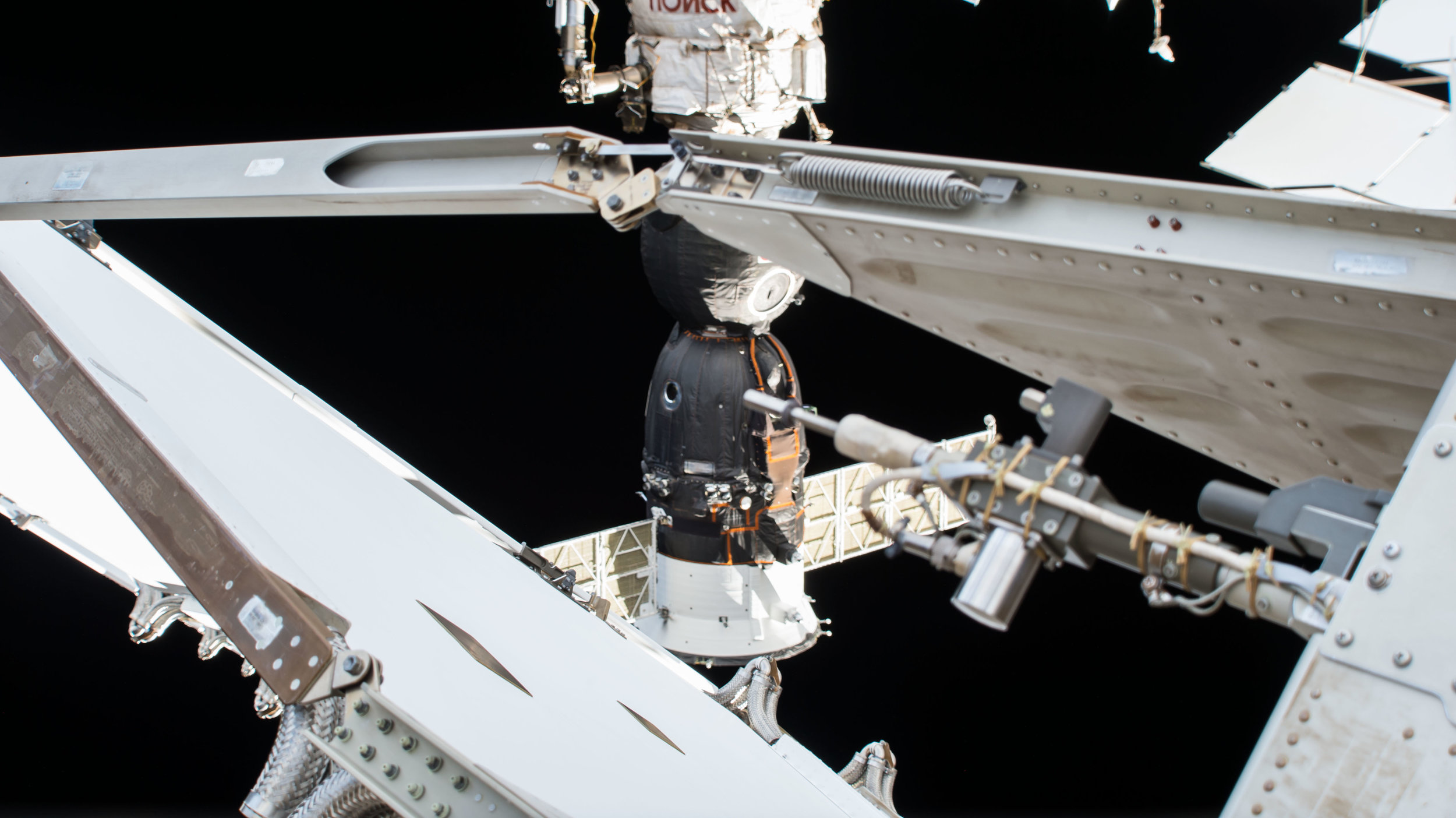Soyuz MS-11 trio returns to Earth after 7 months in space
/Three International Space Station crew members returned to Earth in the Soyuz MS-11 spacecraft, bringing an end to their 204-day mission.
Soyuz MS-11 with Russian cosmonaut Oleg Kononenko, NASA astronaut Anne McClain and Canadian Space Agency astronaut David Saint-Jacques landed safely at 02:47 UTC June 25, 2019, on the Kazakh Steppe in Kazakhstan.
The trio had been in orbit since Dec. 3, 2018, when they launched to the ISS to join the in-progress Expedition 57 crew. Over the course of their seven-month stay aboard the ISS, they traveled 86.4 million miles over 3,264 orbits around Earth.
On Dec. 20, they transitioned to Expedition 58 when the Soyuz MS-09 crew left. Once Soyuz MS-12 launched and docked to the ISS on March 15, they formed the six-person Expedition 59 crew. Kononenko was the commander of both Expedition 58 and 59.
According to NASA, “the Expedition 59 crew contributed to hundreds of experiments in biology, biotechnology, physical science and Earth science, including investigations into small devices that replicate the structure and function of human organs, editing DNA in space for the first time and recycling 3D-printed material.”
Moreover, the trio saw the arrival five visiting vehicles, including two SpaceX Dragon cargo ships, the first (unpiloted) Crew Dragon spacecraft, a Russian Progress freighter and the Northrop Grumman NG-11 Cygnus spacecraft.
Additionally, they oversaw all three Dragon vehicles depart as well as the Cygnus NG-10 spacecraft, which had already been aboard the outpost upon their December 2018 arrival.
All three space flyers performed spacewalks during their orbital stay. McClain, who was on her first mission, conducted two extravehicular activities totaling 13 hours, 8 minutes. Saint-Jacques, also on his first mission, performed a single spacewalk lasting six hours, 29 minutes.
Kononenko, on his fourth mission, performed two spacewalks totaling 13 hours, 46 minutes. However, according to NASA his career total is 32 hours, 13 minutes over five spacewalks.
The 204-day Soyuz MS-11 mission also brings the cosmonaut’s total space endurance to 737 days, good enough for sixth place for most time spent in orbit.
For comparison, the person with the most time spent in space is retired Russian cosmonaut Gennady Padalka at 878 days over five missions.
Soyuz MS-11 undocked from the International Space Station’s Poisk module at 23:25 UTC June 24.
“Bye bye, see you soon guys,” Kononenko said moments after the Soyuz separated from the ISS.
Remaining aboard the ISS are Russian cosmonaut Aleksey Ovchinin and NASA astronauts Nick Hague and Christina Koch. Upon the undocking of Soyuz MS-11, they formally began the Expedition 60 mission, which is slated to last until early October.
“Soft landing guys, godspeed. We’ll see you back on Earth,” said Ovchinin, now the commander of Expedition 60.
Several hours later, the vehicle performed a deorbit burn lasting four minutes, 39 seconds to lower the spacecraft’s orbit to intersect with Earth’s upper atmosphere.
The burn occurred at about 02:00 UTC and culminated in the safe parachute-assisted landing some 50 minutes later some 140 kilometers southeast of Dzhezkazgan, Kazakhstan.
Less than 30 minutes after their touchdown, the trio was recovered by Russian search and recovery teams.
Upon the Soyuz hatch opening, the three space flyers were treated to their first fresh air in more than 200 days. The temperature at the landing area was roughly 21 degrees Celsius with a slight breeze.
After being extracted from the capsule, they were each placed in nearby couches to rest as their body begins the long process to re-adjust to Earth’s gravity.
After a few minutes, they were moved to an inflatable medical tent to remove their Sokol launch and entry suits before being flown by helicopter to Karaganda, the capital of Kazakhstan.
Once their, they parted ways. Kononenko was flown back to Russia while McClain and Saint-Jacques began an 18-hour flight to Houston.
The current three-person Expedition 60 crew is expected to be joined by three additional crew members on July 20 when Soyuz MS-13 launches from Baikonur Cosmodrome with Russian cosmonaut Aleksandr Skvortsov, NASA astronaut Drew Morgan and European Space Agency astronaut Luca Parmitano.
NOTE: While this article was written by Derek Richardson, it was originally published at SpaceFlight Insider.







